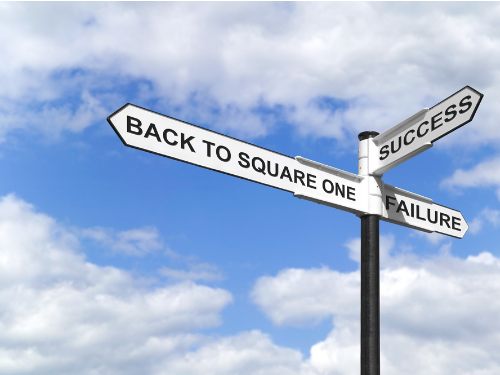We worked on it and developed it and made it into something ‘more’. We made it into this question: From that, we developed a whole process for deciding what to do next when it comes to the big ideas in life and so on. The idea is simple — and is particularly useful as we head into a brand new year…
Step One: Value What You’ve Got
Ask yourself a question: If some super-intelligent alien race arrived tonight and asked you what you’d got and you told them — and they did the same to everyone else, they’d probably have a pretty good idea of how much you had was worth in the grand scheme of things. The ‘alien bit’ is important because it implies that they have a complete understanding of what’s going on, but no emotional or sentimental attachment to things. What you get at the end of that is a notional value of, say, ‘X’ thousand pounds, dollars, euros, yen, smarties or whatever.
Step Two: Play or Fold
This step is designed to make you think about your circumstances a bit. If they offered to take what you’d got and give you that fair valuation for it, would you take it? Again, the fact that it’s an alien is important, because it’s important that the X thousand they give you is absolutely, objectively fair. If you’d take it, fine. If not, also fine. But not taking it implies there’s something above and beyond the economic value of your stuff. It implies that there’s an emotional attachement. Great. It means you believe in what you’re doing and it means you’re likely to be passionate about it. Good for you!
Step Three: Starting Over
Starting over is the most important one – and it assumes you were forced to sell to these strange aliens, whereas the previous step assumes you have a choice. If you got a fair amount of money for your stuff, what would you do with that money? Would you buy back your own stuff? Alternatively, knowing what you now know (which is different from what you knew when you first got your stuff, obviously – and critically) would you buy something different? It’s all about ROI – return on investment. If you’re happy to buy back your own stuff (emotional attachment aside), it follows that you must believe your stuff represents the best portfolio of ‘stuff’ that you could have. On the other hand, if you think you can get a better return on your money, knowing now what you didn’t know when you first got that stuff, you shouldn’t buy back your own stuff. Instead you should buy different ‘stuff’.
Step Four: Repeat the Repeating
This idea of starting over (and over) is an interesting one. It’s probably possible to take it too far (daily? weekly?) but it probably has merit as the process for a monthly review – or perhaps an annual review of what you’ve done, not done or might do in the future. It’s an idea that encourages you to be honest — brutally honest — with where you are and what you should do next. Doing it regularly means you’re constantly assessing where you are and asking yourself if you’re making the best use of your resources.
The Downside
There’s always a downside, right? The big one we found as we tossed this idea around is this – it doesn’t take account of the cost of change. Implicit in the alien’s approach is that it costs nothing to change from where you are to where you should be, objectively, and sometimes the cost of change is greater than the benefit of doing that. Cost, of course, can be measured in money, time, effort and energy, peace of mind and a host of other ways! So one last step is to ask yourself this: And if you’ve decided not to move, the question should be whether you’re using the cost of changing as an excuse. (Photo credit: Concept image of a signpost via Shutterstock)
